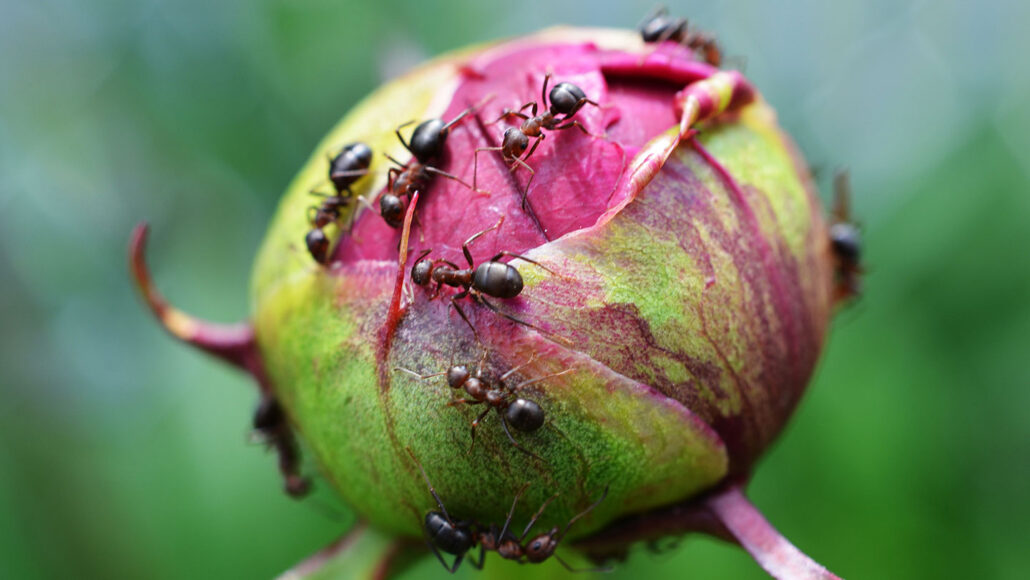Questions for ‘Many flowers and ferns lure in ants as bodyguards’

Most flowers make nectar to lure bees and other pollinators. But some plants, like peonies, produce nectar in other places, too, called nectaries. They do this to recruit ants, which act as bodyguards against plant-eating insects.
PamWalker68/iStock/Getty Images Plus